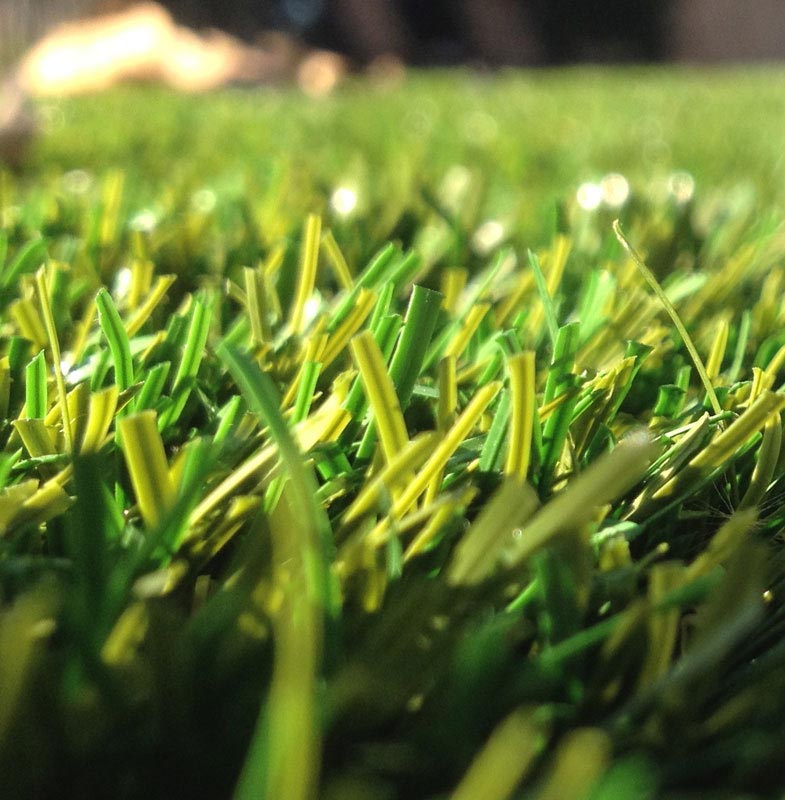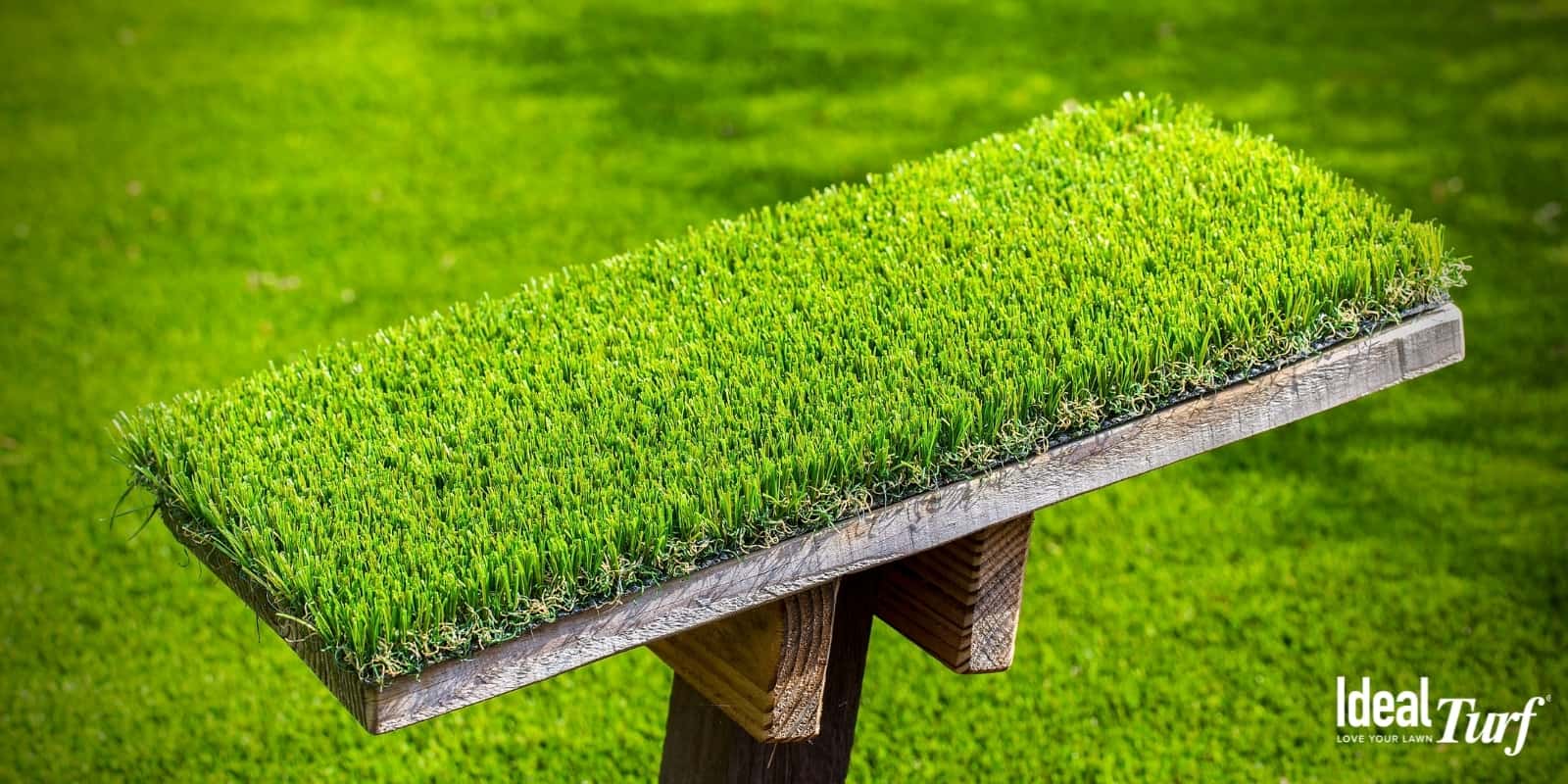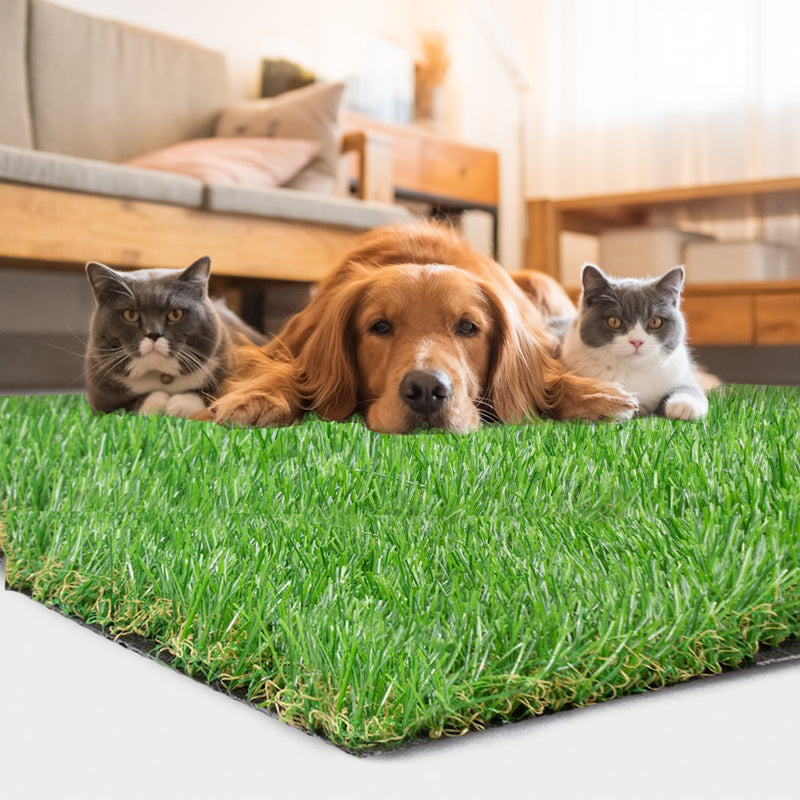Professional Arizona Turf Providers Ensuring a Natural-Looking Lawn Alternative
See Why Homeowners Prefer Artificial Grass for Lasting Landscaping Practices
As homeowners increasingly focus on sustainability in landscape design, synthetic grass has actually emerged as an engaging choice to conventional yard. Its capacity to preserve water, decrease upkeep initiatives, and reduce environmental impact settings it as a practical choice for those seeking environment-friendly services. The visual appeal and convenience of artificial turf provide to varied design preferences. Nevertheless, the effects of this shift extend beyond simple ease and appearances, motivating a closer evaluation of how these selections influence more comprehensive environmental end results. What remains to be checked out is the full range of benefits that artificial turf can offer to homeowners and the atmosphere alike.
Water Conservation Advantages
Among one of the most considerable benefits of synthetic turf is its duty in water conservation. Conventional turf yards require considerable amounts of water to maintain their lush appearance, usually causing overuse of regional water resources, especially in arid areas. In comparison, synthetic grass eliminates this need completely, as it does not need watering. This not just conserves water however likewise decreases the pressure on community water systems, particularly during dry spell conditions.
Additionally, the installation of synthetic grass can add to a more lasting landscape. Home owners can dramatically decrease their water expenses, enabling for reallocation of resources to other environmental campaigns or house uses. Furthermore, artificial lawn is developed to endure various weather conditions without the requirement for additional watering, making it an optimal selection for areas facing water shortage.
The ecological benefits expand past immediate water cost savings. By minimizing water usage, man-made lawn assists to mitigate the influences of environment adjustment, preserving essential ecosystems that are threatened by too much water removal. As lasting landscaping techniques get grip, synthetic grass arises as a responsible choice for home owners seeking to create environment-friendly exterior rooms.
Reduced Maintenance Efforts
Synthetic grass considerably decreases upkeep initiatives compared to typical grass lawns. With artificial yard, homeowners can eliminate the taxing tasks connected with all-natural landscaping, such as mowing, fertilizing, and weeding. This not only saves valuable time but additionally lowers physical labor, making yard treatment easily accessible for people of any ages.
Conventional lawns call for constant cutting to keep a visually pleasing elevation, whereas artificial lawn stays continually lush without the need for reducing. Additionally, property owners no longer require to apply plant foods or pesticides, which are commonly needed to maintain all-natural yard healthy.
Furthermore, man-made turf is resistant and durable, needing marginal upkeep beyond periodic brushing and washing to eliminate particles. This simplicity of upkeep permits house owners to appreciate their outdoor areas without the constant concern of maintenance, providing even more time for leisure and family tasks. Inevitably, the minimized upkeep efforts associated with artificial lawn make it an enticing alternative for those looking for a low-maintenance, aesthetically appealing landscape.

Ecological Impact Reduction
There is an expanding recognition of the environmental benefits connected with man-made turf, specifically in regards to water preservation and minimized chemical use. Traditional grass require considerable amounts of water, specifically in drought-prone areas, resulting in increased strain on local water sources. In comparison, man-made turf eliminates the requirement for watering, dramatically decreasing water consumption and promoting sustainability.
Additionally, traditional yard maintenance typically entails the application of pesticides, fertilizers, and herbicides, which can add to dirt and water air pollution. Synthetic grass mitigates this environmental risk by calling for minimal maintenance and virtually eliminating the need for dangerous chemicals. This not just enhances dirt wellness but additionally safeguards local environments from harmful drainage.
Furthermore, the production of natural lawn lawns normally includes making use of fossil gas for trimming and landscaping equipment, further adding to greenhouse gas discharges. By selecting synthetic lawn, home owners can significantly reduce their carbon impact connected with lawn care activities.
Aesthetic Appeal and Adaptability
Along with its ecological advantages, man-made turf supplies significant visual allure click here for more and adaptability for landscape design. Property owners can attain a lush, green look year-round, removing the seasonal changes frequently related to all-natural grass. This constant visual not only boosts the aesthetic charm of a residential or commercial property but additionally adds to a properly maintained and polished look.
Furthermore, synthetic grass is readily available in a range of textures, styles, and shades, permitting personalization to match private choices and design motifs - Arizona artificial turf. Whether made use of in residential gardens, business areas, or leisure locations, it can perfectly integrate into varied landscape design layouts, from modern minimal to rich exotic settings
The versatility of synthetic grass expands past plain appearance; it can be mounted in numerous locations, including roofs, patio areas, and also indoor rooms, producing possibilities for special landscape design solutions. Additionally, it is appropriate for a range of activities, from children's backyard to pet-friendly settings, supplying functionality without compromising design.
Inevitably, the aesthetic appeal and adaptability of artificial lawn make it an appealing alternative for homeowners seeking lasting landscape design remedies that do not give up elegance for ecological obligation.

Long-Term Price Savings
One of the most engaging benefits of fabricated turf is its capacity for long-term expense financial savings. Unlike natural turf, which requires normal maintenance-- including mowing, watering, fertilizing, and pest control-- man-made lawn substantially reduces these ongoing expenses.
In addition, synthetic grass has a lifespan of 15 to pop over to these guys 25 years, depending upon its quality and usage. This sturdiness reduces substitute prices, making it a more economical option in the long run. Additionally, the preliminary investment in synthetic grass can frequently be recouped with the cost savings accrued over time.
While the upfront expense may seem higher contrasted to turf installation, the collective savings from reduced maintenance and water use often outweigh these initial expenses. Eventually, the fostering of artificial lawn not only promotes a sustainable landscaping remedy yet additionally uses property owners an economically savvy alternative that lines up with long-lasting budgeting goals.
Final Thought
Man-made lawn emerges as a compelling alternative for lasting landscape design, offering significant advantages in water conservation, decreased upkeep initiatives, and reduced environmental effect. As communities significantly prioritize ecologically pleasant methods, the fostering of fabricated grass stands for a dynamic step toward accomplishing lasting and resilient landscapes.
In addition, synthetic lawn is designed to endure different climatic conditions without the requirement for extra watering, making it an excellent choice for areas dealing with water scarcity. (Arizona artificial turf)

Fabricated turf emerges as a compelling option for lasting landscape design, providing substantial benefits in water preservation, reduced upkeep efforts, and diminished ecological impact.